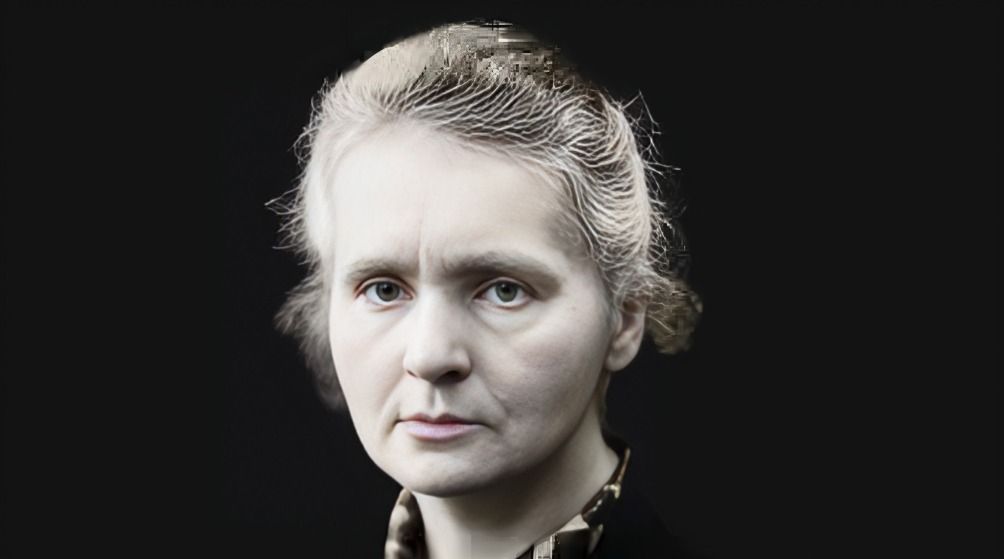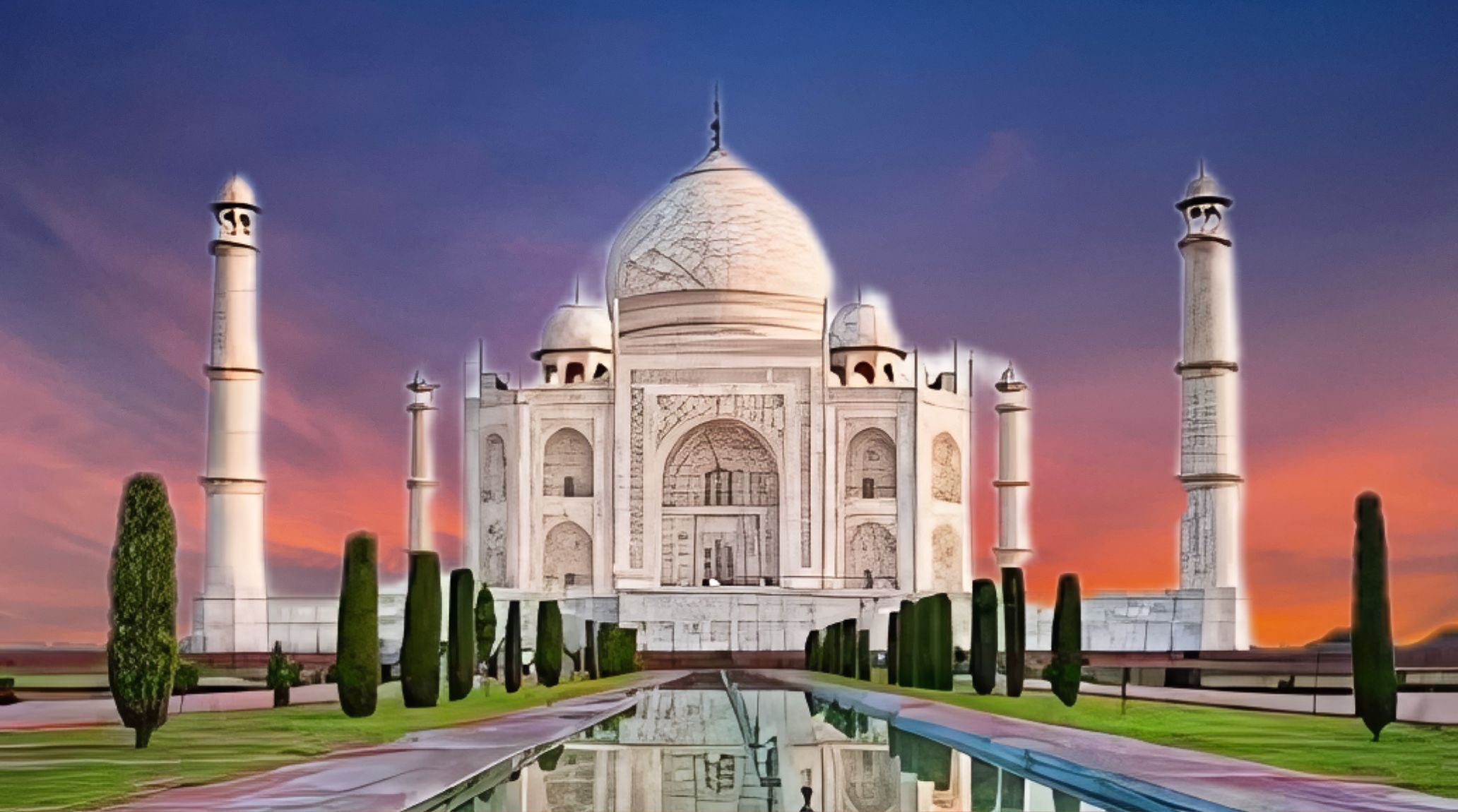
“
The Taj Mahal, an awe-inspiring symbol of love and architectural brilliance, attracts millions of visitors from around the world each year. While its beauty is well-known, there are many curious facts about Taj Mahal that often go unnoticed. From fascinating architectural details to the intriguing stories behind its construction, the Taj Mahal is full of mysteries and surprises. In this article, we’ll uncover 20 curious facts about Taj Mahal, shedding light on its history, craftsmanship, and lesser-known aspects. Whether you’re a history buff or a traveler dreaming of visiting, these facts will give you a deeper appreciation for this timeless wonder.1
1
1
”
The Taj Mahal, a symbol of eternal love, is a breathtaking fusion of Persian, Islamic, and Indian architectural styles. As India’s top tourist attraction, it stands as one of the Seven Wonders of the World. 1
Arjumand Banu Begum, renamed Mumtaz Mahal meaning "Jewel of the Palace," was Shah Jahan's favorite wife. She died in 1631 during childbirth, leaving him heartbroken, which inspired the construction of the Taj Mahal. 2
Did you know the Taj Mahal is taller than the Qutub Minar? The Taj stands at 73 meters, while the Qutub Minar is slightly shorter at 72.5 meters, making the Taj just a bit taller. 3
It took about 22 years to complete the Taj Mahal, with construction beginning in 1632 and finishing in 1653. The workforce involved included skilled artisans, laborers, and engineers. 4
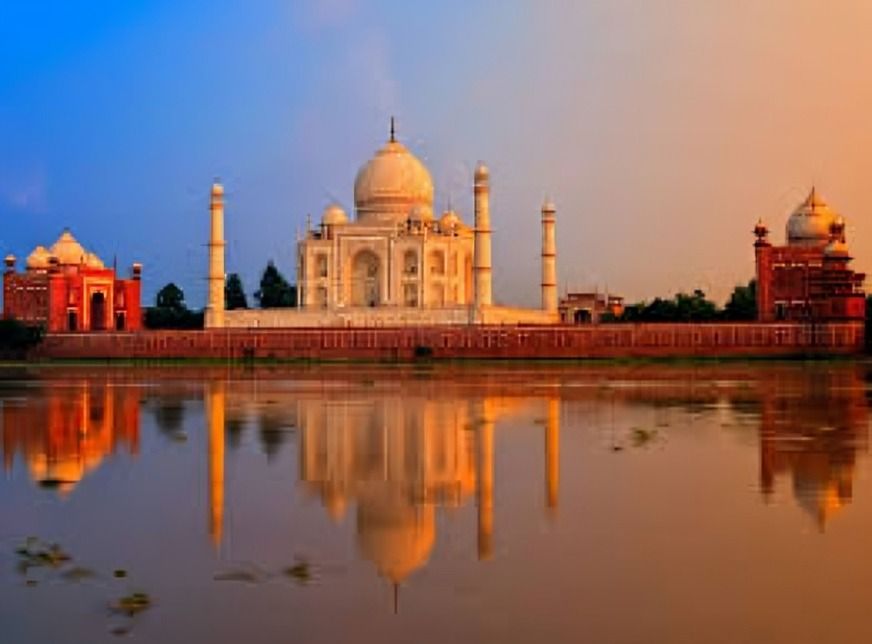
The Taj Mahal complex was completed in 1653 at an estimated cost of ₹5 million, which would be around ₹35 billion (US$77.8 million) in 2023, reflecting its monumental scale and historical significance.
The monument’s central dome is 240 feet high, surrounded by four minarets, each standing 137 feet tall. These minarets are slightly tilted to prevent collapse during earthquakes. 5
The Taj Mahal’s reflecting pool, which mirrors the monument’s image, is carefully aligned with the building’s central axis, enhancing its symmetry and providing a stunning view from the entrance. 6
The Taj Mahal is decorated with over 40 types of precious and semi-precious stones, including pearls, diamonds, emeralds, and sapphires, showcasing its intricate craftsmanship and opulence in every detail of its design. 7
The Taj Mahal’s main mausoleum houses the tombs of Shah Jahan and Mumtaz Mahal. Though the tombs are simple, they are surrounded by elaborate carvings and decorative elements. 8
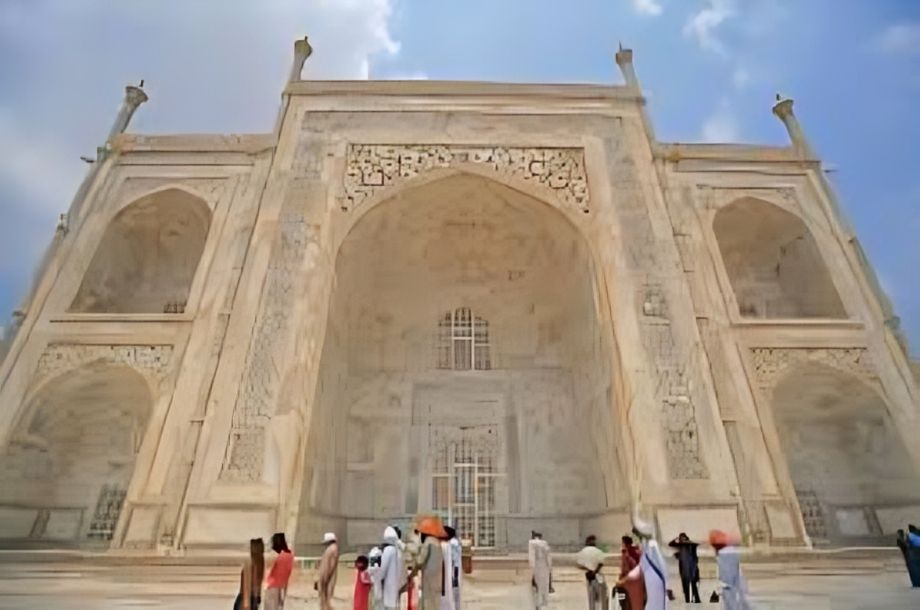
The Taj Mahal, designated a UNESCO World Heritage Site in 1983, is celebrated as a masterpiece of Mughal architecture. A symbol of India's history, it attracts over five million visitors annually and was named a New Wonder in 2007.
The Taj Mahal is particularly breathtaking at sunrise and sunset, when the changing light makes the white marble appear to glow, transforming the monument into a vision of ethereal beauty. 9
During British colonial rule, the Taj Mahal faced significant deterioration, and the British attempted to remove its precious stones. Restoration work was later carried out to preserve its grandeur. 10
The Taj Mahal's interiors, particularly its walls, feature intricate calligraphic inscriptions from the Quran. Verses from the holy book are also inscribed on the tombs of Mumtaz Mahal and Shah Jahan. 11
In the late 19th century, Lord Curzon, the British Viceroy of India, oversaw extensive restoration work on the Taj Mahal, including cleaning the marble and repairing the structure after centuries of wear. 12
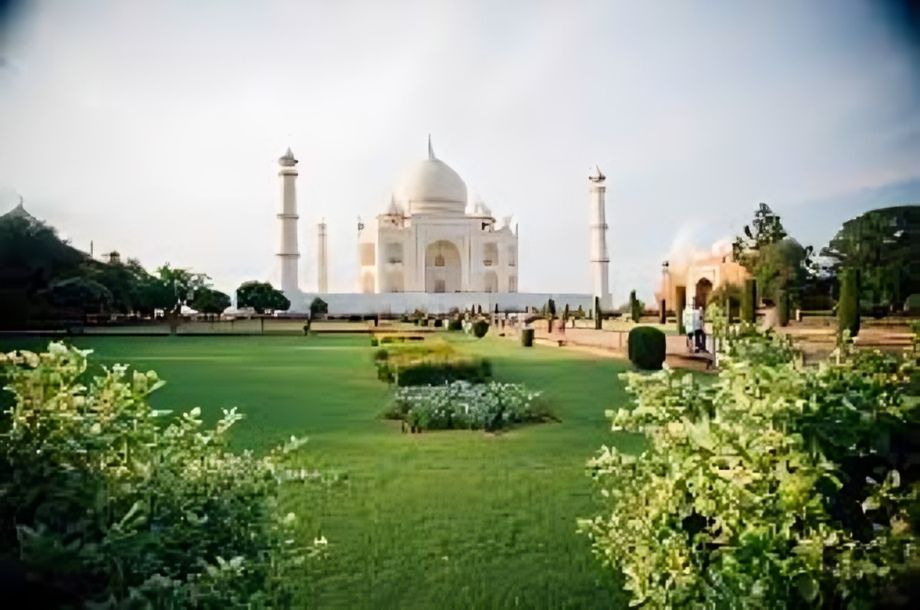
The Taj Mahal is surrounded by a vast, symmetrical garden, known as the Charbagh, which symbolizes paradise. The garden is divided into four quadrants representing the four rivers of paradise.
The Taj Mahal has inspired countless replicas and artworks worldwide, making it one of the most recognized and imitated architectural wonders. Its image is often associated with romance and love. 13
Shah Jahan intended to build a black Taj Mahal after completing the white one, but his plans were halted by his son, Aurangzeb, who ultimately imprisoned him, preventing the project’s completion. 14
The Taj Mahal attracts 2 to 4 million visitors each year, including around 200,000 international tourists. People from across the globe flock to admire its beauty, making it one of the world’s most visited sites. 15
The Taj Mahal is known to change color throughout the day, with its white marble reflecting different hues depending on the time of day, creating a constantly evolving visual experience. 16
Despite being one of the world’s most famous monuments, the Taj Mahal has faced threats from pollution and environmental degradation. Efforts are ongoing to preserve its structural integrity and beauty. 17


